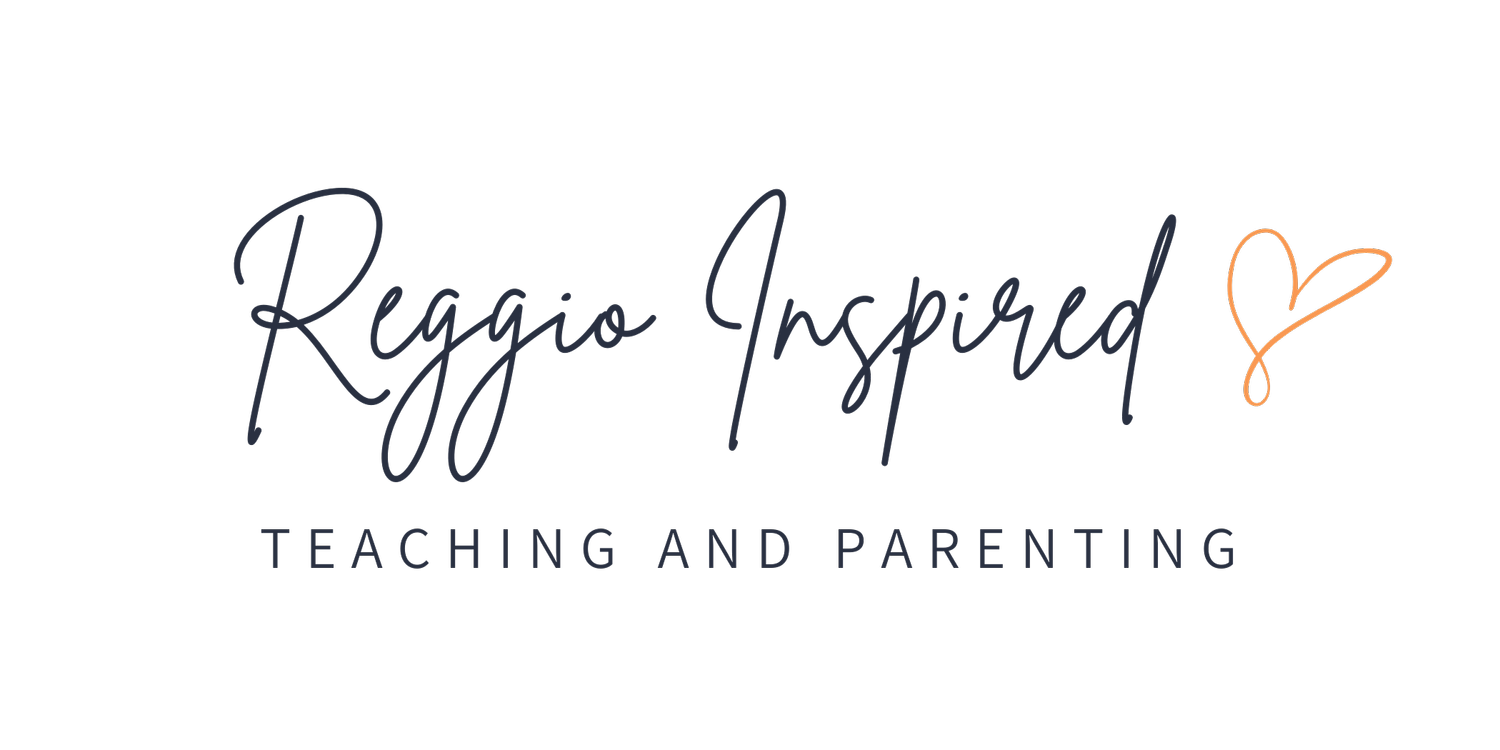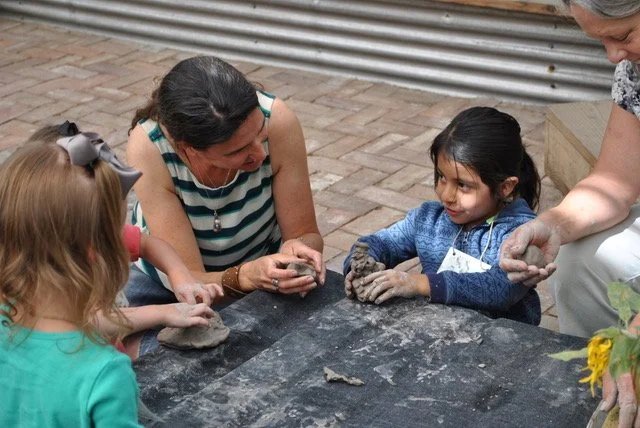‘Image of the Child’ in Reggio Emilia: What It Means + How to Apply It
“In the Reggio Emilia preschools each child is viewed as infinitely capable, creative, and intelligent. The job of the teacher is to support these qualities and to challenge students in appropriate ways.” – Louise Boyd Cadwell
One of the foundational ideas in the Reggio Emilia philosophy is the Image of the Child. This concept challenges us to rethink how we see children — not as empty vessels waiting to be filled, but as strong, capable, and full of potential.
What Is the Image of the Child?
Loris Malaguzzi, the founder of the Reggio Emilia approach, described the Image of the Child this way:
“The child is called the ‘rich’ child. But not ‘rich’ materially. Rather ‘rich’ in potential, strong, powerful, competent and, most of all, connected to adults and other children.”
In other words, children are:
Active learners – seeking meaning and constructing knowledge from birth
Powerful and competent – with unique strengths and perspectives
Connected to others – building identity, culture, and values in community
Citizens with rights – not just needs to be met
Born with “a hundred languages” – countless ways of expressing themselves through art, music, play, science, movement, and imagination
This stands in contrast to outdated images of the child as passive, dependent, or lacking. Instead, Reggio-inspired education begins with the belief that every child is rich in possibilities.
Why the ‘Image of the Child’ Matters
The way we view children shapes every decision we make as educators and parents. When we see children as capable and creative:
We listen more closely to their ideas.
We design environments that invite exploration.
We trust them to take risks, make choices, and grow.
We position ourselves not as instructors, but as partners and co-learners.
A strong Image of the Child creates classrooms where curiosity is valued, relationships are nurtured, and learning is seen as a joyful process.
How to Support a Strong Image of the Child
Here are some practical ways to bring this Reggio principle into your daily practice:
Play with children – join them in exploration and discovery.
Listen deeply – ask open-ended questions and honor their ideas.
Be present – slow down, connect to your senses, and notice the moment.
Observe carefully – look for strengths, interests, and emerging skills.
Take the child’s perspective – ask, “What might this experience feel like to them?”
Build strong relationships – trust, respect, and joy fuel learning.
Look at the whole child – intellectual, social, emotional, and creative.
Wait with patience – allow children to test their ideas without rushing.
Redefine your role – see yourself as a researcher and co-learner.
Document learning – write a Learning Story to capture a child’s experience.
Parents and Teachers Together
When parents and teachers share a strong Image of the Child, children feel respected and understood. It’s about embracing the now — not waiting for children to “do more” or “try harder,” but recognizing the richness of who they already are.
Final Thoughts
The ‘Image of the Child’ is at the heart of Reggio Emilia education. It invites us to see children not as unfinished or lacking, but as full of creativity, potential, and connection. By holding this view, we transform our classrooms, our parenting, and ultimately, our communities.
If you’d like to dive deeper into this concept with tools, strategies, and real classroom examples, our Reggio-Inspired Educator’s Course explores the Image of the Child and other core Reggio principles in depth.
About the Authors:
Megan Haynes and Priscilla Patti are two highly experienced and qualified early childhood educators who are passionate about teaching in a Reggio-Inspired way. They firmly believe in its transformative power in early childhood education. The authors share firsthand accounts of their experiences utilizing the Reggio Emilia Approach in Fort Collins, Colorado.




